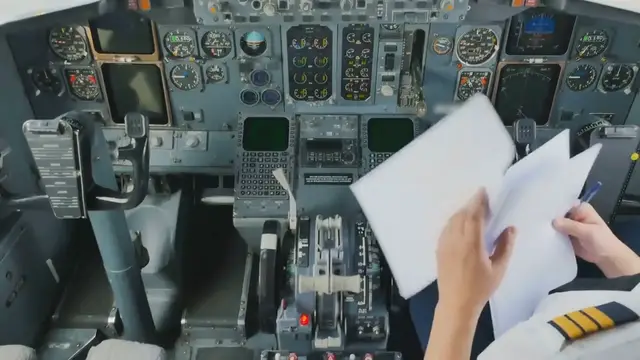
South Korean Plane Crashes A History & Examination of Aviation Safety
Dec 29, 2024
South Korean Plane Crashes: A History & Examination of Aviation Safety
South Korea has a well-established aviation industry, with its national carriers like Korean Air and Asiana Airlines serving as important players in the global air travel market. Despite its reputation for safety, the country has unfortunately experienced several notable plane crashes. These incidents have prompted the government and airlines to implement rigorous safety measures that have contributed to significant improvements in aviation safety. This article explores the history of South Korean plane crashes and the measures taken to ensure air travel safety in the region.
Early Crashes and Safety Concerns
South Korea's aviation history began in the mid-20th century, with the establishment of the national carrier Korean Air in 1969. However, the nation’s aviation history is not without tragedy. One of the earliest and most devastating incidents occurred in 1980 when Korean Air Flight 858, a Boeing 707, was hijacked by North Korean agents and exploded over the Andaman Sea. This event, which killed all 115 people on board, marked a dark chapter in the history of South Korean aviation.
The crash of Korean Air Flight 007 in 1983 further deepened concerns about the safety of air travel. This aircraft was shot down by the Soviet Union after it strayed into Soviet airspace. Although this was not an aviation safety issue per se, it raised awareness of potential risks in conflict zones and border areas, leading to enhanced security protocols.
The 1990s: The Rise of Safety Protocols
Throughout the 1990s, South Korea experienced several crashes, with one of the most significant being the crash of Korean Air Flight 801 in 1997. The Boeing 747 crashed while attempting to land in Guam, killing 228 people. This tragedy highlighted issues related to pilot error and inadequate flight training, which led to an overhaul of crew resource management (CRM) in South Korean airlines.
In the aftermath of this crash, South Korean carriers, alongside international aviation bodies, began to implement stricter safety protocols. This included comprehensive pilot training programs and the introduction of advanced flight data monitoring systems. Korean Air, in particular, worked to rebuild its image by focusing on safety improvements, which eventually paid off with a significant decline in accidents.
The 2000s: A Turning Point for Aviation Safety
The turn of the millennium marked a significant improvement in South Korea's aviation safety. By the 2000s, South Korean airlines, particularly Korean Air, had made remarkable strides in improving flight safety. Notably, the country’s aviation industry started to implement more robust safety standards, adhering to international regulations set by the International Civil Aviation Organization (ICAO).
A critical shift occurred after a series of reforms in the late 1990s and early 2000s, where South Korean airlines emphasized more transparent safety practices, increased pilot training, and better crisis management. The improvements in the airline industry were reflective of the nation’s strong commitment to aviation safety.
One of the most notable achievements in the 2000s was the complete eradication of major fatal crashes from South Korean airlines. This was an era characterized by minimal safety incidents, thanks in part to continuous investment in newer aircraft, state-of-the-art navigation systems, and the adoption of best practices in aviation safety.
Show More Show Less #Arts & Entertainment
